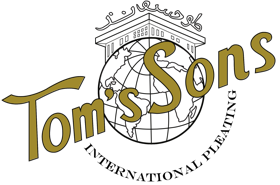Technical Posts
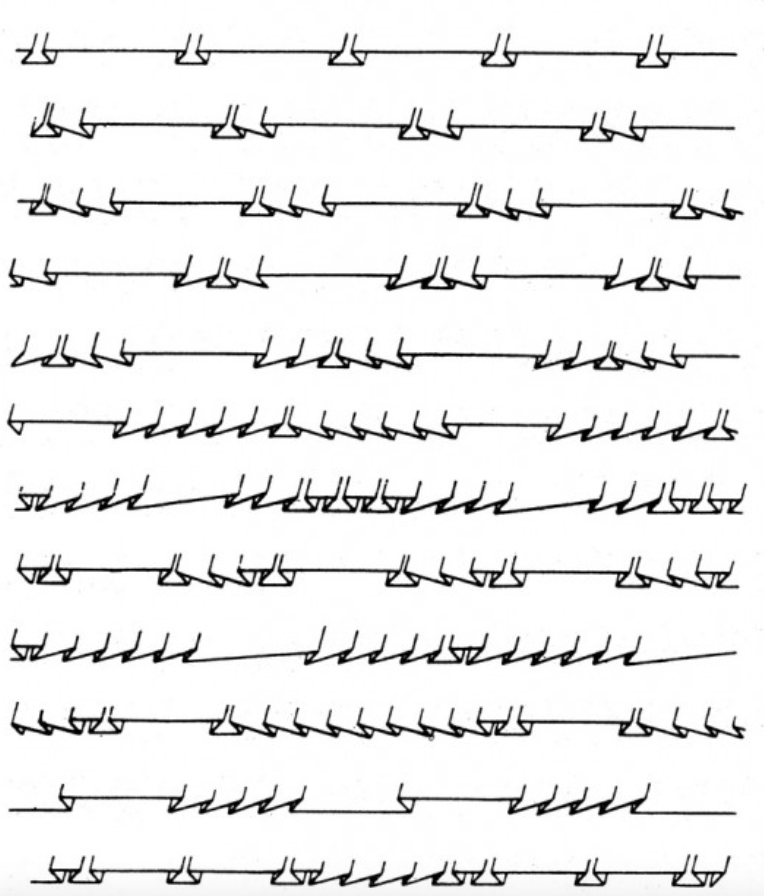
What Happens When You Combine Different Pleats?
This post is the culmination of the basic pleating principles I have covered in the last three blog posts. The importance of understanding this post is to help you identify the different types of p...
Read more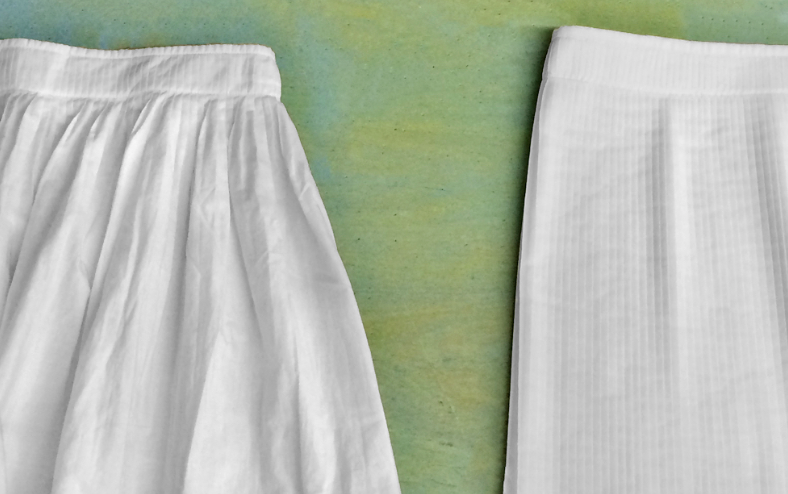
So, you had your skirt dry cleaned and something looks a little different… Eeeek! I wish I could say I don’t get this call often! So often, in fact, I’ve decided to write a little bit about the pro...
Read more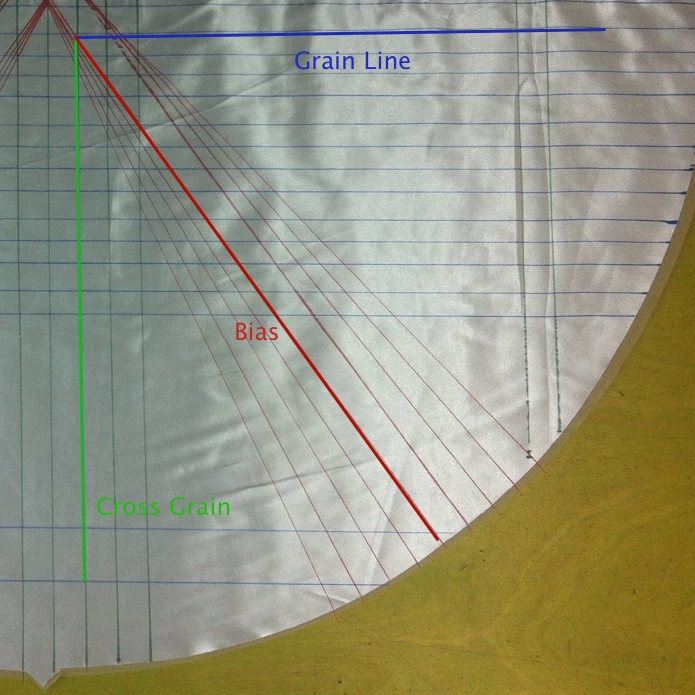
The Anatomy of Bias Circle Skirts
For those of you who thought I might as well be speaking Chinese when I described what happens to the grain line in a sunburst pleated skirt – this one’s for you! As you know, there are three grai...
Read more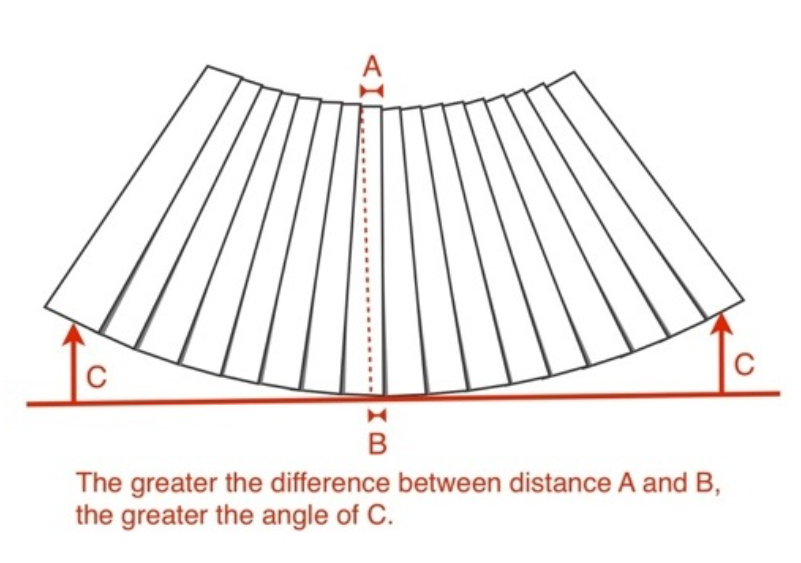
The curved straight panel is the final shape you need to understand regarding the pleating of fabric. This shape is sort of an amalgamation between the square panel and the half circle panel I disc...
Read more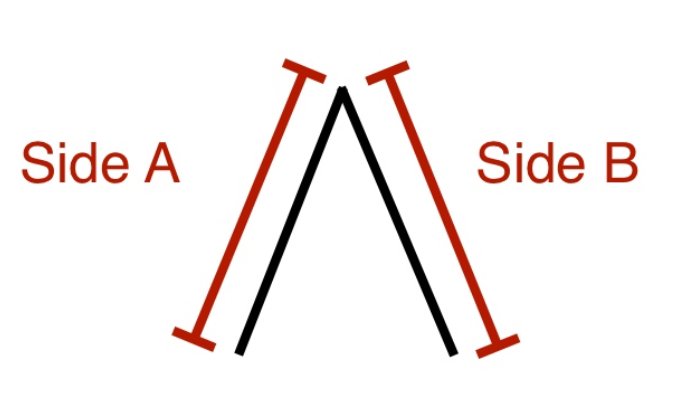
In this post I will break down and distill the components of pleating to its basic building blocks. First, I want to preface this post by explaining that when I say pleating, I am referring to the...
Read more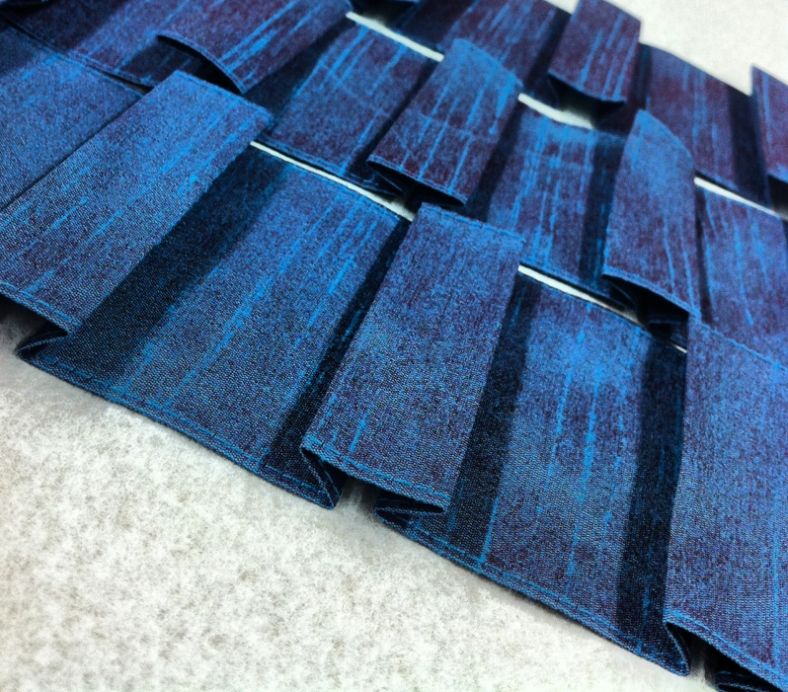
Best Panel Shapes for Pleating
This is the second post in a series on fundamental pleating concepts. I would recommend reading The ABC’s of Pleating prior to reading this post. This one discusses the two basic panel shapes you ...
Read more